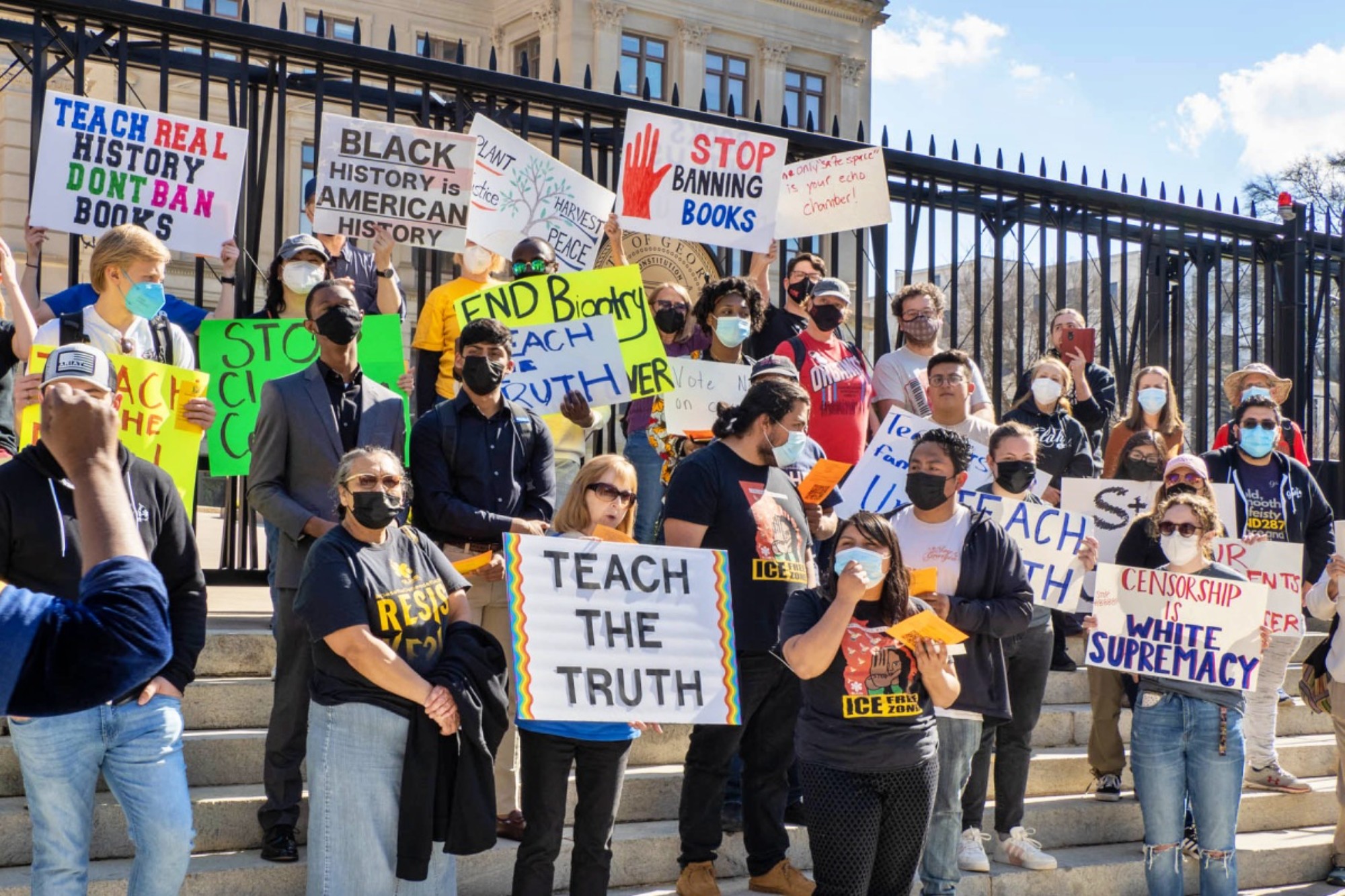- The American Library Association reported a record-breaking number of attempts to ban books in 2022— up 38 percent from the previous year. Most of the books pulled off shelves are “written by or about members of the LGBTQ+ community and people of color."
- U.S. school boards have broad discretion to control the material disseminated in their classrooms and libraries. Legal precedent as to how the First Amendment should be considered remains vague, with the Supreme Court last ruling on the issue in 1982.
- Battles to censor materials over social justice issues pose numerous implications for education while also mirroring other politically-motivated acts of censorship throughout history.
Here are all of your questions about book bans answered by TC experts.
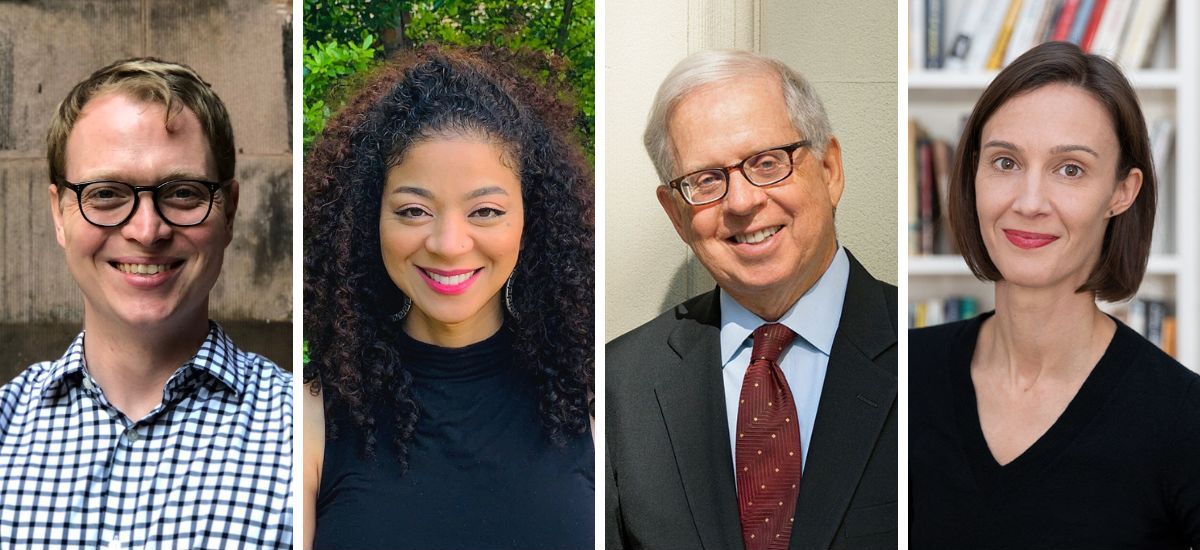
Alex Eble, Assistant Professor of Economics and Education; Sonya Douglass, Professor of Education Leadership; Michael Rebell, Professor of Law and Educational Practice; and Ansley Erickson, Associate Professor of History and Education Policy. (Photos; TC Archives)
How Do Book Bans Impact Students?
Prior to the rise in bans, white male youth were already more likely to see themselves depicted in children’s books than their peers, despite research demonstrating how more culturally inclusive material can uplift all children, according to a study, forthcoming in the Quarterly Journal of Economics, from TC’s Alex Eble.
“Books can change outcomes for students themselves when they see people who look like them represented,” explains the Associate Professor of Economics and Education. “What people see affects who they become, what they believe about themselves and also what they believe about others…Not having equitable representation robs people of seeing the full wealth of the future that we all can inhabit.”
While books have stood in the crossfire of political battles throughout history, today’s most banned books address issues related to race, gender identity and sexuality — major flashpoints in the ongoing American culture war. But beyond limiting the scope of how students see themselves and their peers, what are the risks of limiting information access?
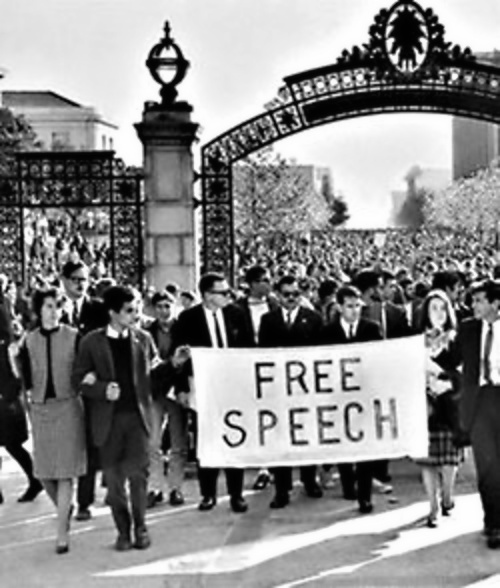
The student plaintiffs in Island Trees Union Free School District v. Pico (1982) march in protest of the Long Island school district's removal of titles such as Slaughterhouse Five by Kurt Vonnegut. While the district would ultimately return the banned books to its shelves, the Supreme Court's ultimate ruling largely allowed school leaders to maintain discretion over information access. (Photo credit: unknown)
“[Book bans] diminish the quality of education students have access to and restrict their exposure to important perspectives that form the fabric of a culturally pluralist society like the United States,” explains TC’s Sonya Douglass, Professor of Education Leadership. “It's a battle over the soul of the country in many ways; it's about what we teach young people about our country, what we determine to be the truth, and what we believe should be included in the curriculum they're receiving. There's a lot at stake there.”
Material stripped from libraries and curriculum include works written by Black authors that discuss police brutality, the history of slavery in the U.S. and other issues. As such, Black students are among those who may be most affected by bans across the country, but — in Douglass’ view — this is simply one of the more recent disappointments in a long history of Black communities being let down by public education — chronicled in her 2020 book, and further supported by a 2021 study from Douglass’ Black Education Research Center that revealed how Black families lost trust in schools following the pandemic response and murder of George Floyd.
In that historical and cultural context — even as scholars like Douglass work to implement Black studies curriculums — the failure of schools to properly integrate Black experiences into the curriculum remains vast.
“We want to make sure that children learn the truth, and that we give them the capacity to handle truths that may be uncomfortable and difficult,” says Douglass, citing Germany as an example of a nation that has prioritized curriculum that highlights its own injustices, such as the Holocaust. “This moment again requires us to take stock of the fact that racism and bigotry still are a challenging part of American life. When we better understand that history, when we see the patterns, when we recognize the source of those issues, we can then do something about it.”
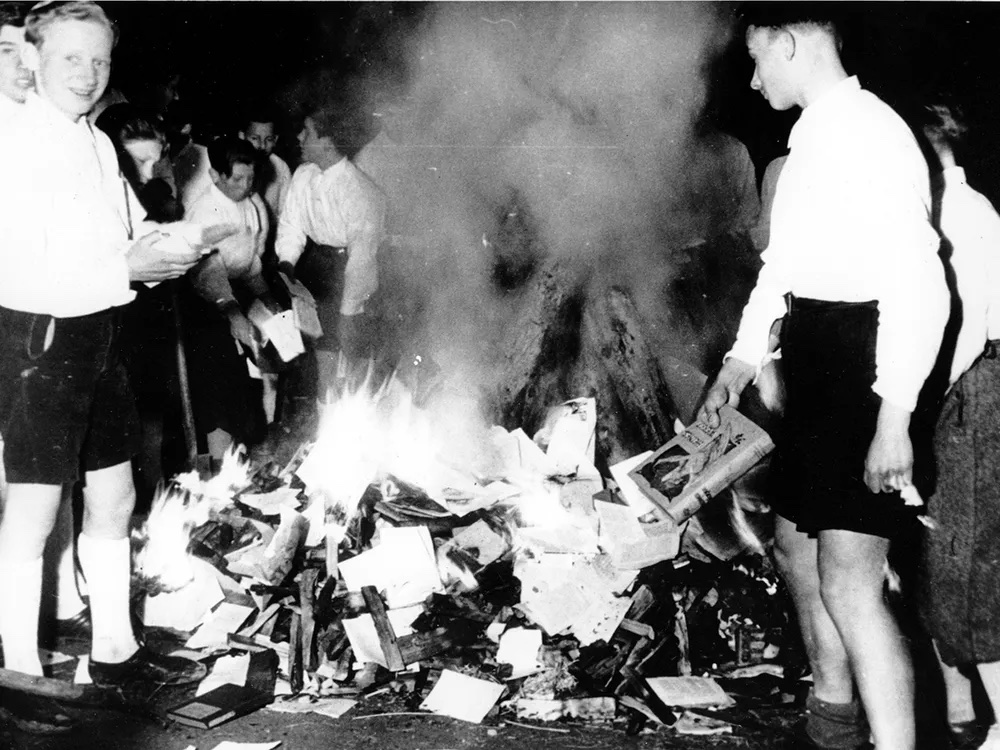
Beginning in 1933, members of Hitler Youth regularly burned books written by prominent Jewish, liberal, and leftist writers. (Photo: World History Archive / Alamy Stock Photo, dated 1938)
Why Is Banning Books Legal?
While legal battles over book censorship in schools consistently unfold at local levels, the wave of book bans across the U.S. surfaces a critical question: why hasn’t the United States had more definitive legal closure on this issue?
In 1982, the U.S. Supreme Court issued a noncommittal ruling that continues to keep school and library books in the political crosshairs more than 40 years later. In Island Trees Union Free School District v. Pico (1982), the Court deemed that “local school boards have broad discretion in the management of school affairs” and that discretion “must be exercised in a manner that comports with the transcendent imperatives of the First Amendment.”
But what does this mean in practice? In these kinds of cases, the application of the First Amendment hinges on the existence of evidence that books are banned for political reasons and violate freedom of expression. However, without more explicit guidance, school boards often make decisions that prioritize “community values” first and access to information second.
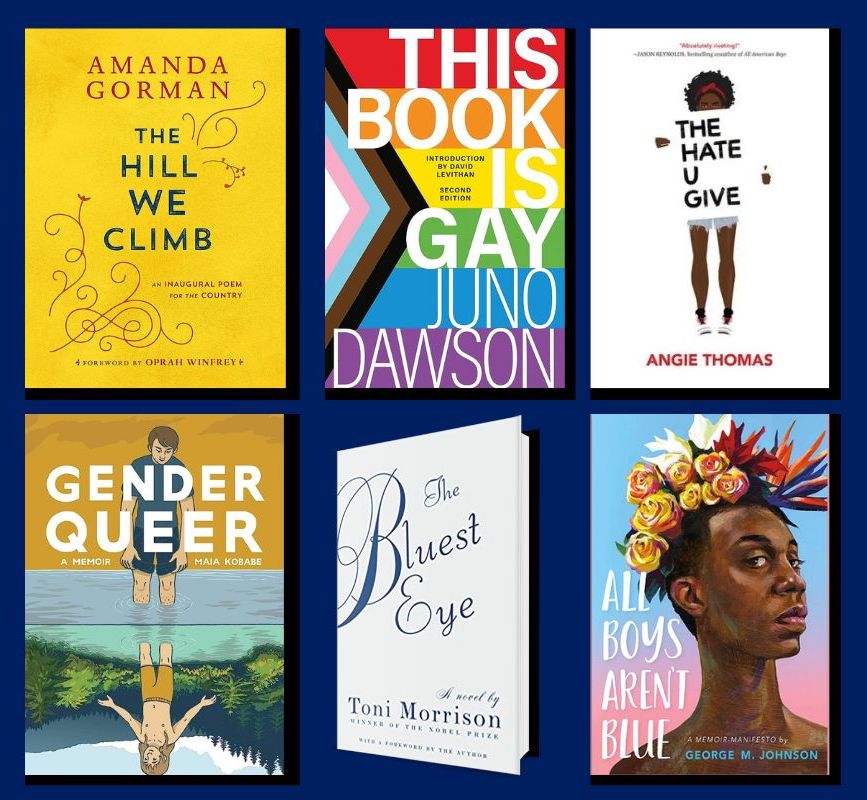
While today's recent book bans most frequently include topics related to racial justice and gender identity (pictured above), other frequently targeted titles include Extremely Loud & Incredibly Close, The Kite Runner and The Handmaid's Tale. (Cover images courtesy of: Viking Books, Sourcebooks Fire, Balzer + Bray, Oni Press, Random House and Farrar, Straus and Giroux).
“America traditionally has prided itself on local control of education — the fact that we have active citizen and parental involvement in school board issues, including curriculum,” explains TC’s Michael Rebell, Professor of Law and Educational Practice. “We have, whether you want to call it a clash or a balancing, of two legal considerations here: the ability of children to freely learn what they need to learn to be able to exercise their constitutional rights, and this traditional right of the school authorities to determine what the curriculum is.”
So would students benefit from more national and uniform legal guidance on book banning? In this political climate, Rebell attests, the risks very well might outweigh the potential rewards.
“Your local institutions are —in theory — protecting the values you believe in. And if somebody in Washington were going to say that we couldn't have books that talk about transgender rights and things in New York libraries, we'd go crazy, right?” said Rebell, who leads the Center for Educational Equity. “So I can't imagine that in this polarized environment, people would be in favor of federal law, whatever it said.”
Why Do Waves of Book Bans Keep Happening?
Historians date censorship back all the way to the earliest appearance of written materials. Ancient Chinese emperor Shih Huang Ti began eliminating historical texts in 259 B.C., and in 35 A.D., Roman emperor Caligula objected to the ideals of Greek freedom depicted in The Odyssey. In numerous waves of censorship since then, book bans have consistently manifested the struggle for political control.
“We have to think about [the current bans] as part of a longer pattern of fights over what is in curriculum and what is kept out of it,” explains TC’s Ansley Erickson, Associate Professor of History and Education Policy, who regularly prepares local teachers on how to integrate Harlem history into social studies curriculum.
“The United States’ history, since its inception, is full of uses of curriculum to shape politics, the economy and the culture,” says Erickson. “This is a really dramatic moment, but the curriculum has always been political, and people in power have always been using it to emphasize their power. And historically marginalized groups have always challenged that power.”
One example: when Latinx students were forbidden from speaking Spanish in their Southwest schools throughout the 20th century, they worked to maintain their traditions and culture at home.
“These bans really matter, but one of the ways we can imagine a response is by looking back at how people created spaces for what wasn’t given room for in the classroom,” Erickson says.
What Could Happen Next?
American schools stand at a critical inflection point, and amid this heated debate, Rebell sees civil discourse at school board meetings as a paramount starting point for any sort of resolution. “This mounting crisis can serve as a motivator to bring people together to try to deal with our differences in respectful ways and to see how much common ground can be found on the importance of exposing all of our students to a broad range of ideas and experiences,” says Rebell. “Carve-outs can also be found for allowing parents who feel really strongly that certain content is inconsistent with their religious or other values to exempt their children from certain content without limiting the options for other children.”
But students, families and educators also have the opportunity to speak out, explains Douglass, who expressed concern for how her own daughter is affected by book bans.
“I’d like to see a groundswell movement to reclaim the nation's commitment to education — to recognize that we're experiencing growing pains and changes in terms of what we stand for; and whether or not we want to live up to the democratic ideal of freedom of speech; different ideas in the marketplace, and a commitment to civics education and political participation,” says Douglass.
As publishers and librarians file lawsuits to push back, students are also mobilizing to protest bans — from Texas to western New York and elsewhere. But as more local battles unfold, bigger issues remain unsolved.
“We need to have a conversation as a nation about healing; about being able to confront the past; about receiving an apology and beginning that process of reconciliation,” says Douglass. “Until we tackle that head on, we'll continue to have these types of battles.”
Stay Connected
Get actionable solutions and bold expert insights for true change.
Straight to your inbox.
